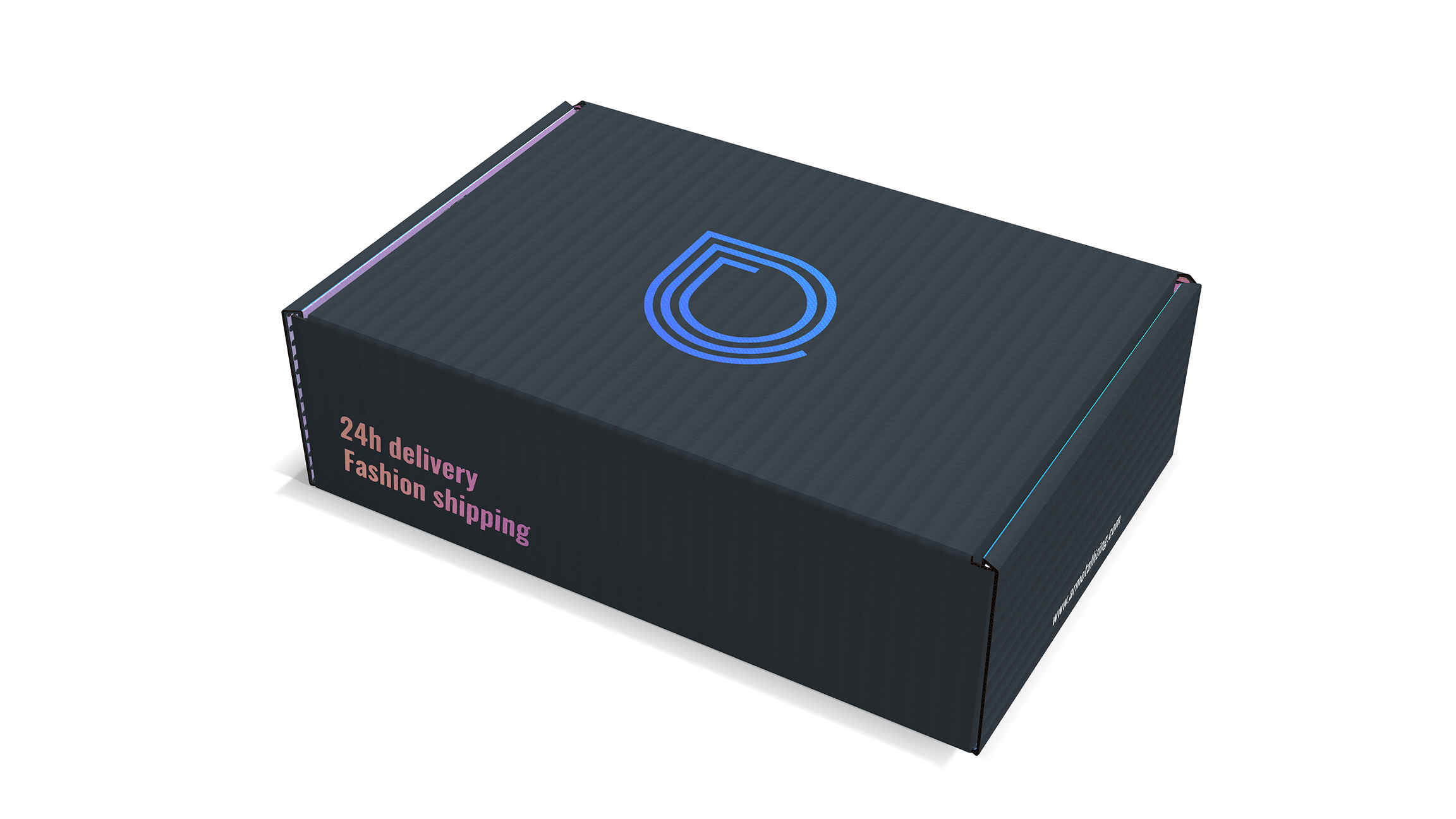How packaging can help e-commerce brands prevent transit damage
When it comes to e-commerce, transit damage can be costly in several ways.
The first and most obvious is the financial cost to brands. Shipping and handling costs for returned goods can be a huge logistics challenge, with transit damage a major contributing factor. Added to this, packages that arrive in less than pristine state can be a source of reputational damage for brands. Finally, the carbon cost of returns and resends is significant and double, or even triple, the emissions related to a given purchase.
Preventing transit damage entirely is not always possible, as few companies have complete control over the full shipping process. However, effective packaging strategies can help mitigate the risk.

Here are some tips:
- Choose the right packaging material: go for materials that are specifically designed to withstand rough handling and impact. Use appropriate cushioning in order to absorb shocks and impact.
- Right-size your packaging: oversized packaging is not only wasteful, it also gives goods more space to move around in - and potentially get damaged. It’s important to take the weight, dimensions and robustness of your goods into account in order to choose a packaging size that fits the item and provides adequate protection.
- Test your chosen materials: before shipping, test any new packaging solutions by shaking, dropping or simulating transit conditions to ensure that the item is properly protected.
- Take your products’ specific requirements into account: if your products require refrigeration, for example, they may be subjected to harsher transit conditions. Metallized paper is a visually appealing, high performance base material for packaging solutions that offers optimal protection against moisture, gas, and aromas, helping to ensure your products arrive in optimal shape.